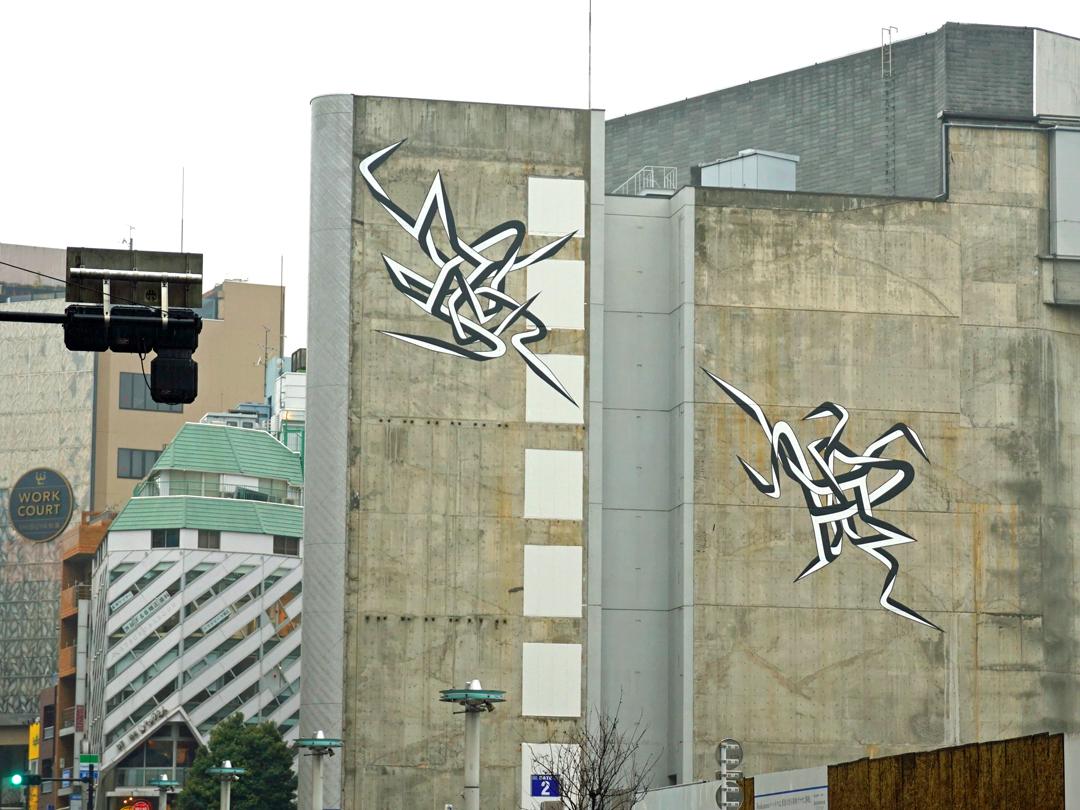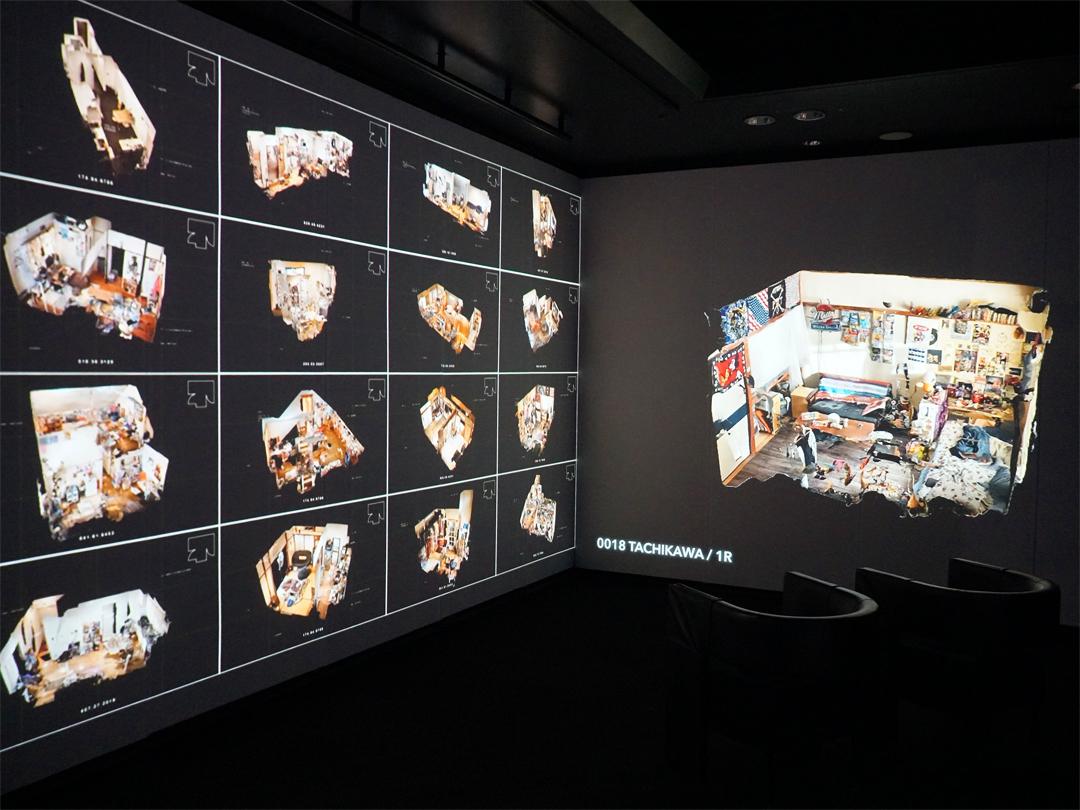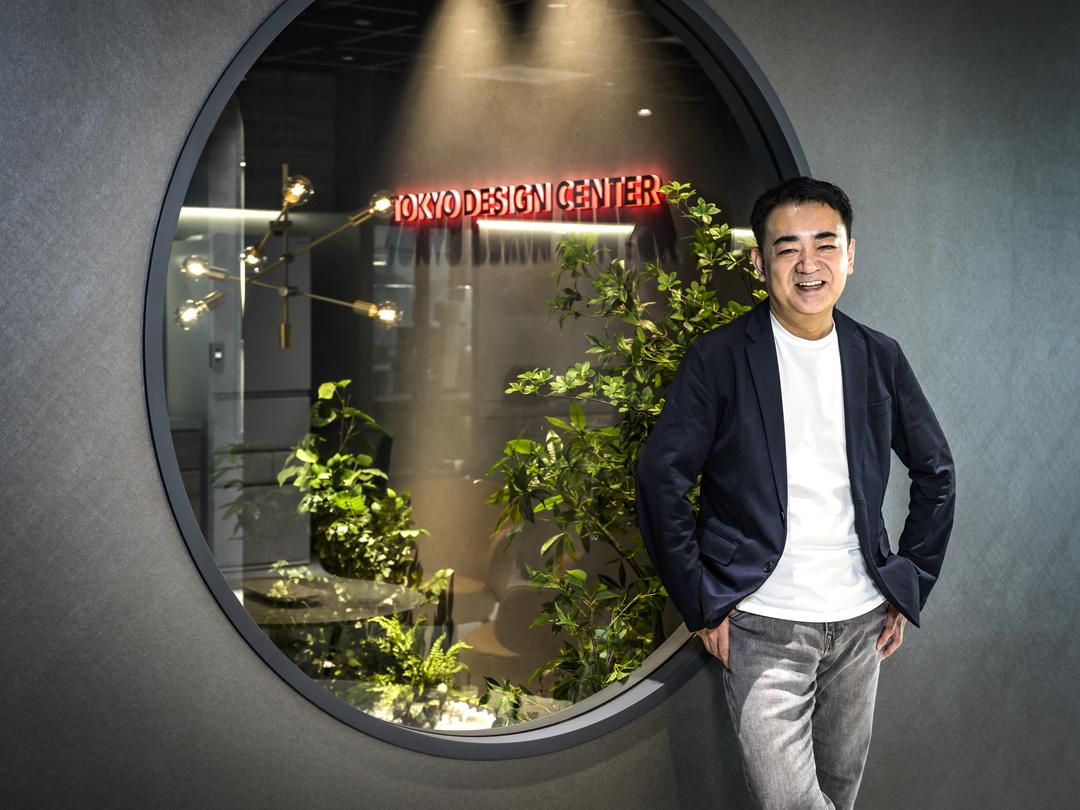SHIBUY.A. × WATCH
Experience it in Shibuya! "Junichi Nakahara in His 111th Year" is an exhibition that gives a glimpse into the multitalented creator's work
2024-06-26
An exhibition entitled "Nakahara Junichi in His 111th Year" will be held at the Shibuya City Shoto Museum of Art from June 29th, showcasing the full scope of work of Nakahara Junichi, who was active in a wide range of fields since before the war, including as an illustrator, editor, fashion designer, and interior designer.
The exhibition, held to commemorate the 111th anniversary of her birth, will display precious works such as Nakahara's illustrations and original cover drawings for numerous magazines, clothing designs, and paintings and dolls she created as an artist. After the war, when even living a normal life was difficult, Nakahara continued to spread messages of female independence and beauty through the numerous works she created, driven by her desire to "create books that would once again inspire people with dreams and hope and help them aspire to beautiful lives." We will introduce the full scope of Nakahara's work and its appeal, which remains timeless to this day.
Regarding the background to the exhibition, the curator in charge said, "Nakahara Junichi opened a store in Shibuya called Himawari-ya that sold miscellaneous goods and Western clothing that he designed himself, and for a time he had a home in Yoyogi, Shibuya. He has ties to Shibuya and can be called the original art director, so by featuring Nakahara, we hope to inspire many people." He expressed hopes that the exhibition would suit the creative city of Shibuya.
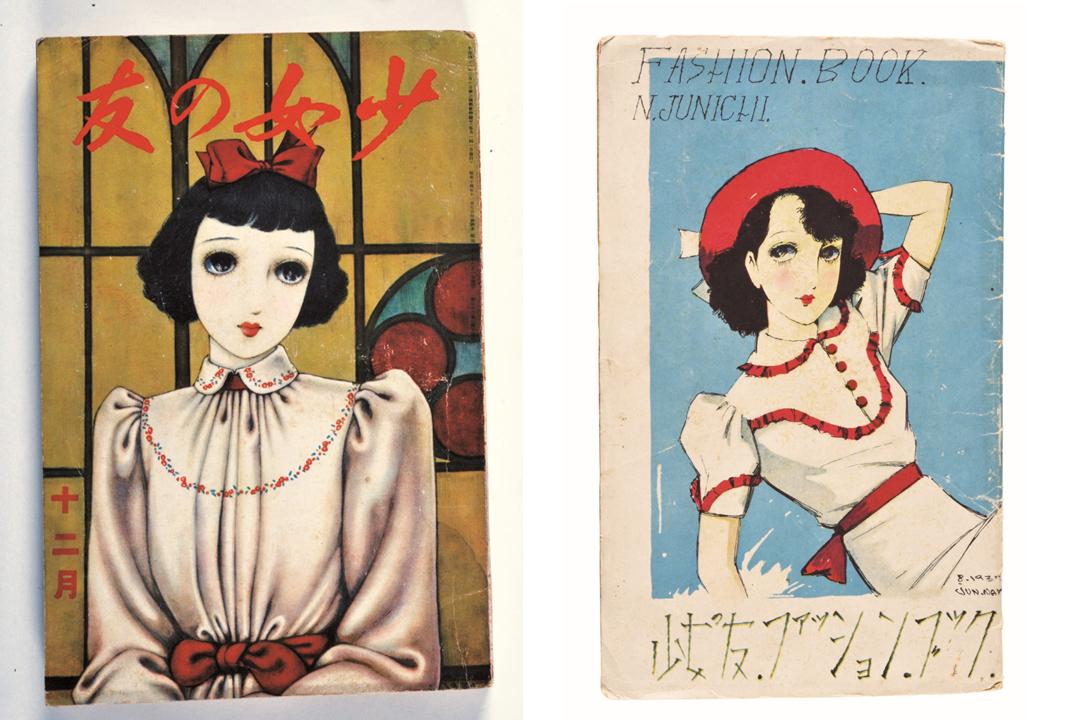
Image: Left = Junichi Nakahara, Shojo no Tomo, Vol. 33, No. 12, 1940, Private collection ©JUNICHI NAKAHARA / HIMAWARIYA Right = Junichi Nakahara, "Fashion Book" (supplement to Shojo no Tomo, Vol. 30, No. 8), 1937, Private collection ©JUNICHI NAKAHARA / HIMAWARIYA
The exhibition is divided into four chapters: "Chapter 1: For a new girl," "Chapter 2: For a beautiful life," "Chapter 3: For girls in a peaceful era," and "Chapter 4: Junichi Nakahara's origins and doll making." "Chapter 1: For a new girl" is an exhibition on the theme of creating the image of an ideal girl and the change of the times. Born in 1913 (Taisho 2), Nakahara made her debut at a young age in the magazine "Shojo no Tomo" in 1932 (Showa 7). She quickly became popular with her delicate and beautiful illustrations, and her images of girls with large eyes and slender limbs became an object of admiration for girls at the time. In 1937 (Showa 12), the Sino-Japanese War broke out, and as the wartime atmosphere intensified, pressure was placed on Nakahara's Western-style drawing style, and she was forced to leave "Shojo no Tomo" in 1940 (Showa 15). Meanwhile, her first book, a style book called "Kimono no Ehon," became popular, and in 1939 (Showa 14), she opened a general goods store called "Himawari." The event will feature his own goods, ranging from letter paper and envelopes, albums and diaries to clothing, and also showcase his role as a pioneer of today's character business.
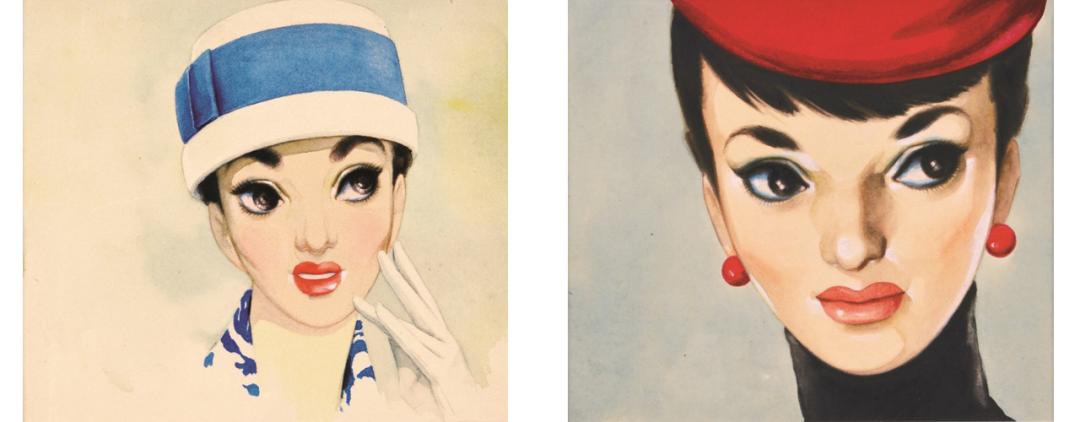
Image: Left = Junichi Nakahara, Original cover art (Soreiyu issue 39), 1956, Private collection ©JUNICHI NAKAHARA HIMAWARIYA
Right: Junichi Nakahara, original cover art (Soreiyu issue 31), 1954, private collection ©JUNICHI NAKAHARA HIMAWARIYA
Next, in "Chapter 2: For a Beautiful Lifestyle," the exhibition focuses on the magazine "Soreiyu," which showed the postwar reconstruction and the way women should live. Even after she left "Shojo no Tomo," her passion for magazine production did not fade, and in 1946 (Showa 21), the year after the end of the war, she launched "Soleil," a lifestyle magazine for women, with herself as editor-in-chief (renamed "Soreiyu" after issue 8). In the chaotic period after the defeat, when even normal "living" was difficult, the magazine's pursuit of a "beautiful life" showed the idea that true "beauty" lies not in mere material wealth, but in honing one's intellect and aesthetic sense and enriching one's life with one's own hands. In addition to articles on how to "beautifully" arrange one's daily necessities, such as original design clothes, hairstyles, beauty, interior design, and handicrafts, it also features many articles on literature, music, art, and other topics to hone one's inner self. Rather than simply chasing trends, the magazine aimed to encourage readers to proactively create "beautiful lives," and contributed to the independence of women and the formation of new values during the postwar reconstruction period. The magazine was published until 1960, when Nakahara fell ill, and introduces the messages she sent to women throughout her life.
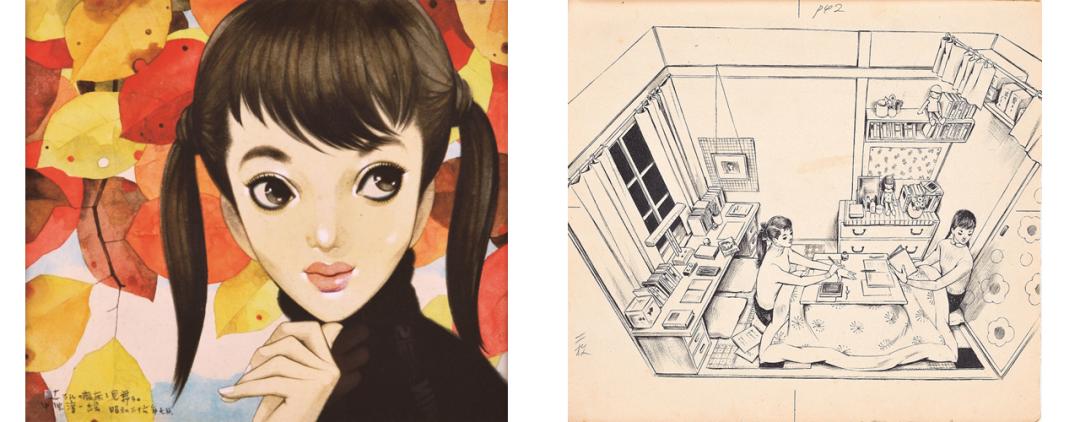
Image: Left = Junichi Nakahara, Original cover art (Junior Soreyu issue 24), 1958, Private collection ©JUNICHI NAKAHARA HIMAWARIYA
Right: Junichi Nakahara, "Let's make some improvements to your room in winter (Original illustration for Junior Soreiyu issue 7)", 1956, Private collection ©JUNICHI NAKAHARA HIMAWARIYA
"Chapter 3: For Girls in Peaceful Times" is an exhibition themed on magazines aimed at teenage girls. In 1947 (Showa 22), the month after "Soleil" was launched, the monthly magazine "Himawari" was launched. Aimed at "girls" who were neither children nor adults, the magazine encouraged teenage girls to be themselves, rather than simply chasing trends, in order to live a "good girlhood". In addition to introducing the latest styles, the magazine carefully explains fashion-related matters such as how to dress, hairstyles, and choosing accessories through pictures and text. In addition, it emphasized the importance of literature and culture for "beauty", and enriched the reading material with novels by Yasunari Kawabata and other classic literature. During Nakahara's one-year stay in Paris from 1951 (Showa 26), sales of "Himawari" decreased, and it was discontinued the following year, but in 1954 (Showa 29), inspired by the American magazine "Seventeen", the magazine launched "Junior Soleil" with the aim of creating a new girls' magazine. We will introduce the content and the expressions used that were appropriate for the times, in line with the editorial policy of "providing a good childhood for girls."
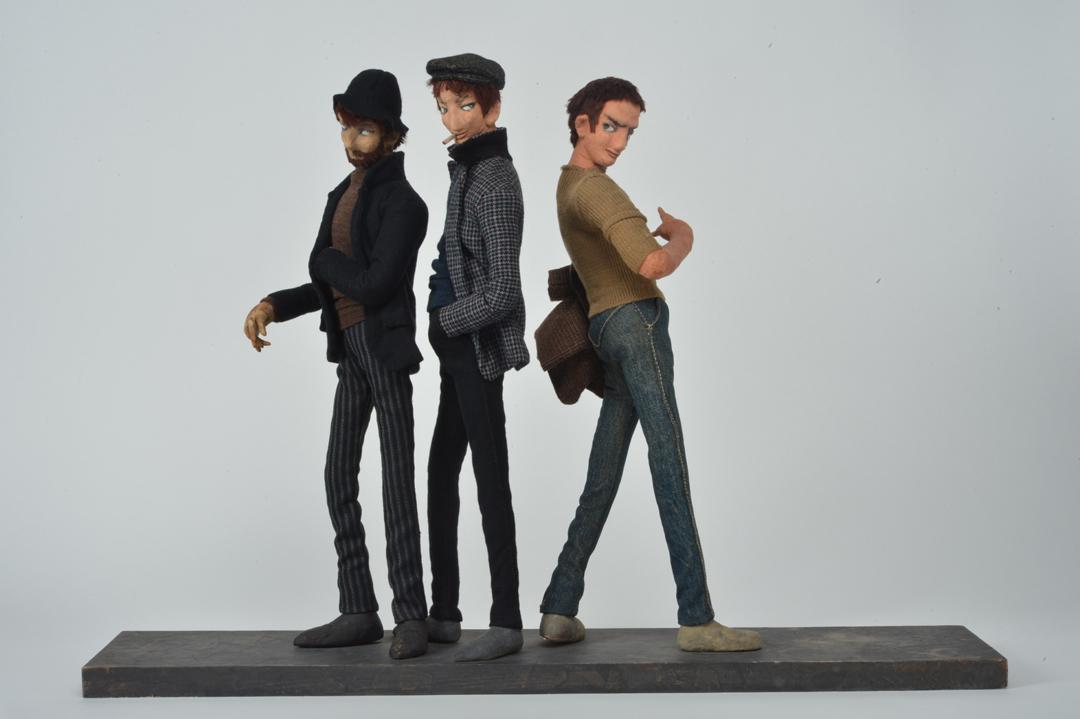
Image: Junichi Nakahara, "Three Pickpockets", 1962, Private Collection ©JUNICHI NAKAHARA HIMAWARIYA
The final exhibit, "Chapter 4: The Origins of Junichi Nakahara and Doll Making," focuses on the origins of Nakahara's career. Nakahara is known as a multi-creator, including illustrator, editor, and fashion designer, but his career began in 1930 (Showa 5) when he made his debut as a doll maker. In the late 1920s, doll making became popular as a "handicraft" among middle-class women living in urban areas, and Nakahara was inspired by this trend and began making dolls after seeing woolen dolls displayed in the storefront of a handicraft store. The French dolls he made at the young age of 19 became popular, and in 1932 (Showa 7), a doll exhibition was held at Matsuya Ginza. Nakahara, who had been advocating doll making in magazines, continued to make dolls using familiar materials even after he retired from the front line in 1959 (Showa 34). This exhibit will introduce the role that doll making played for Nakahara.
In addition to the exhibition, other events planned during the event include a commemorative lecture by Nakahara Jun'ichi's eldest daughter, Nakahara Fuyo (July 20th), and a summer holiday children's art class (August 2nd and 3rd) for children to create their own original tapestries using applique designs by Nakahara Jun'ichi.
This is a valuable opportunity to understand the many talents of Junichi Nakahara and his contributions to the advancement of women in society and the formation of new values during the postwar reconstruction period. Why not visit with your children during the summer holidays?
Outline
Exhibition title: | Junichi Nakahara in his 111th year |
|---|---|
Holding period: | June 29, 2024 (Saturday) - September 1, 2024 (Sunday) |
Opening hours: | 10:00am - 6:00pm (until 8:00pm on Fridays only) |
Venue: | Shoto Museum of Art |
Admission: | Adults 1,000 yen, university students 800 yen, high school students and those aged 60 and over 500 yen, elementary and junior high school students 100 yen |
official: | |
Organized by: | Shibuya City Shoto Museum of Art, The Asahi Shimbun Company |
Cooperation and supervision: | Sunflowers and |
Planning cooperation: | Shimane Prefectural Iwami Art Museum |
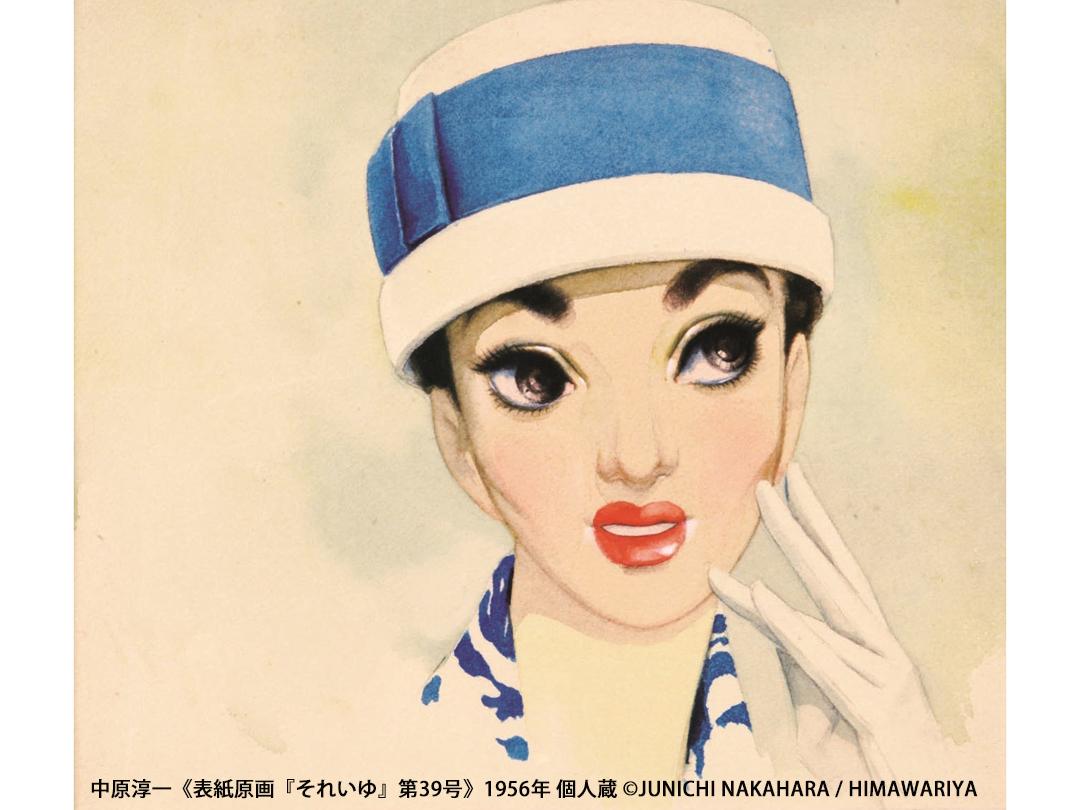
![[Report] "Shibuya Archive Photo Exhibition 2025" opens, shining a light on Shibuya's streets, including "Koibumi Yokocho" and "Spain Hill"](https://biz.shibuyabunka.com/storage/images/watch//1763622716.jpg)
![[Report] A journey through urban and architectural thought - Hiroshi Naito exhibition opens in Shibuya](https://biz.shibuyabunka.com/storage/images/watch//1753501320.jpg)
